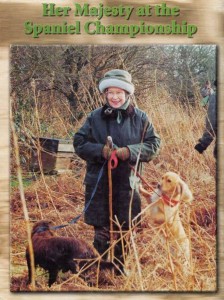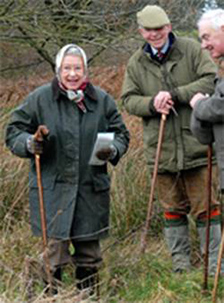Follow Me
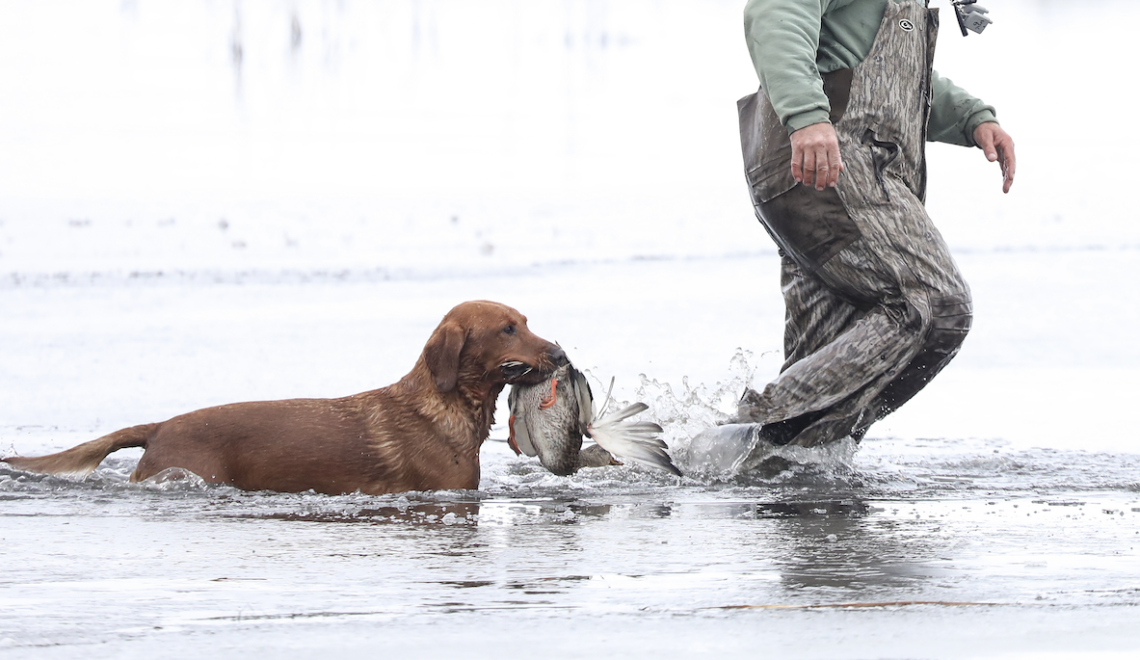
In the Army Infantry, all soldiers, regardless of rank, are taught from the beginning to be leaders. The “Follow Me” mantra means that as a leader we are expected to lead from the front. Wildrose Law #1- Dogs are looking for a leader. Wildrose Law #2- If they can’t find one, they will attempt to become one. Our job as the trainer and handler is to be the leader- the pack leader! As the leader you set the task, condition and standard for training and what is expected both in the home and afield. But what does all that entail?
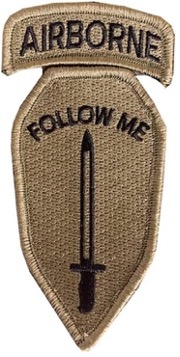 On page 44 of Sporting Dog and Retriever Training the Wildrose Way, the 4 C’s of leadership are discussed. We are going to delve into each one and actually discuss a 5th C to help you become a better pack leader.
On page 44 of Sporting Dog and Retriever Training the Wildrose Way, the 4 C’s of leadership are discussed. We are going to delve into each one and actually discuss a 5th C to help you become a better pack leader.
Calm– Dogs, like people, will not follow an unstable leader. If you are constantly yelling at the dog, it becomes background noise. We have all seen it at the grocery store with a parent constantly yelling at the kids “Stop! Put that away! You are going to be in trouble!” But the kids just ignore it like white noise when there is no consequence. Staying calm while working with BoBo gives him the confidence you know what you are doing. I strive to be as quiet as possible when training so when I do have to raise my voice or make a correction it means something. If you are getting mad and yelling at the dog all the time, they may start to ignore you or just shut down completely. In the past I have seen this with handlers and when the dog shuts down or refuses a command the handler gets even madder and then nothing is accomplished. Or worse, you go backwards in your training plan. Stay calm and focused on the task at hand. If the dog isn’t successful with a drill, the first place I look is in the mirror and try to figure out what I did, or did not do, that made the dog unsuccessful. Don’t blame the dog!
Photo by Katie Behnke
Controlled– This goes hand in hand with remaining calm. Good leaders don’t fly off the handle at every little thing. All of us have bad days in training. Dogs have bad days too. They can’t tell us if they don’t feel good or don’t understand something. There are times when we do need to make a correction but we must keep our emotions under control and be the leader. It is easy to let our emotions overcome us when training. All of us put in so much time, energy and effort to train our dog to the highest standard and it’s easy to get frustrated and upset. If you feel yourself losing control, just stop what you are doing and find something you know the dog do successfully. Never stop a training session on a failure. Always finish with success, stay calm, evaluate what happened and get back to training the next day.
Consistent– Anyone who has been around Wildrose for any amount of time hears this word ad nauseum. But, that is how you produce an excellent sporting companion; consistency in everything we do. Consistency must also be practiced by everyone in the home. If the dog is left-side heel, everyone in the house walks the dog on the left. It is a team effort family-wise to keep everything consistent around the house. Dogs are very schedule driven so they appreciate consistency in their daily routine.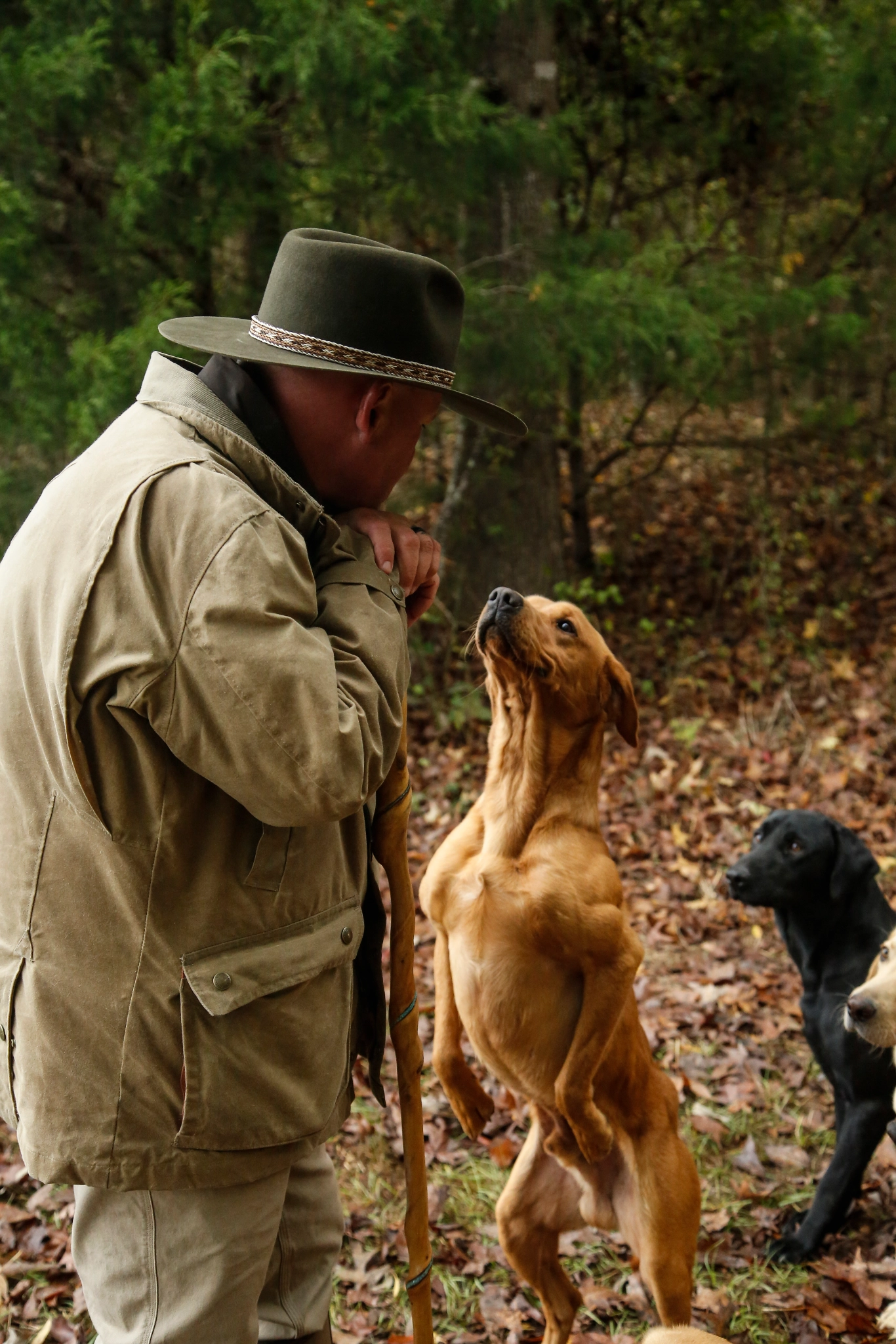
Confident– Dogs are constantly reading you and they know when you are happy, sad, nervous and the rest of the range of human emotions. They will emulate your behavior. If you are not confident in the dog, they will not be confident. An example that happened a few years ago… I had a dog in for a tune-up and was taking her on a quail hunt. When I told the owner, he said “That will probably be a disaster.” I looked at him with a puzzled face and said, “it would be with that attitude.” I was training the dog and was 100% confident in her ability and she knocked it out of the park! He ended up buying pictures from the hunt from our photographer. Even if you aren’t overly confident in a new situation with your dog, you must exude confidence to help your dog succeed.
Now for the 5th C. This is a big one. Competent. As an Infantry officer, one of the big evaluators was whether you are tactically and technically competent. Do you know the battle drills? Do you know how to write an operations order? If you are not competent, how can you lead? Competency as a trainer involves how well you know the drills, how to set them up properly and how to help your dogs if they get in a jam. How do you make yourself competent? Study Sporting Dog and Retriever Training the Wildrose Way cover to cover, practice by yourself setting up the drills, practice your whistle and hand signals in front of the mirror and attend some of our training classes. The better you become as a handler, the more success you and you dog will have afield.
Knowing and practicing the C’s of canine leadership will help you develop an unbreakable bond with your dog. Dogs love a good leader and putting these tenets to use in your daily life, both home and afield, will set you up for years of never-forgotten memories with your pup.
Originally published in The Wildrose Journal


